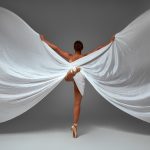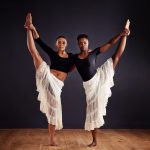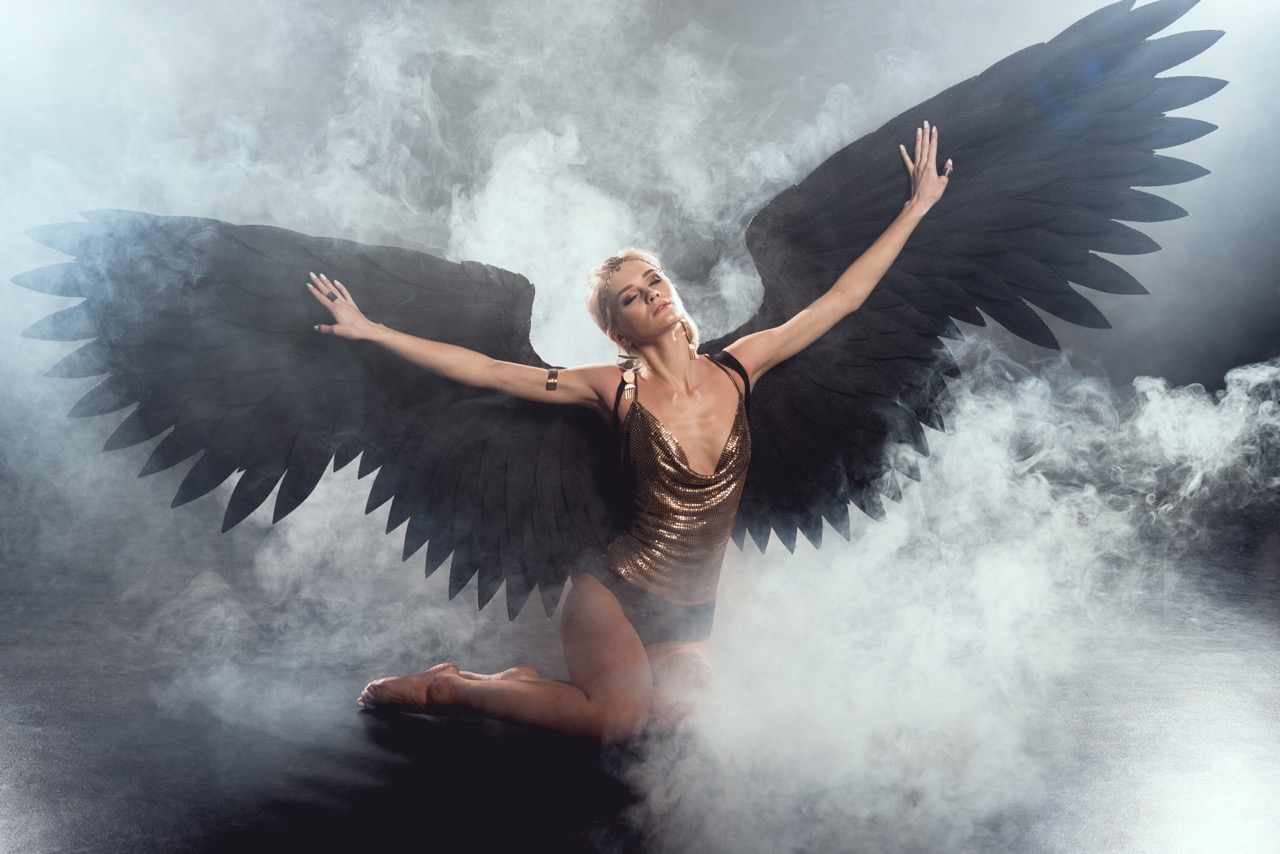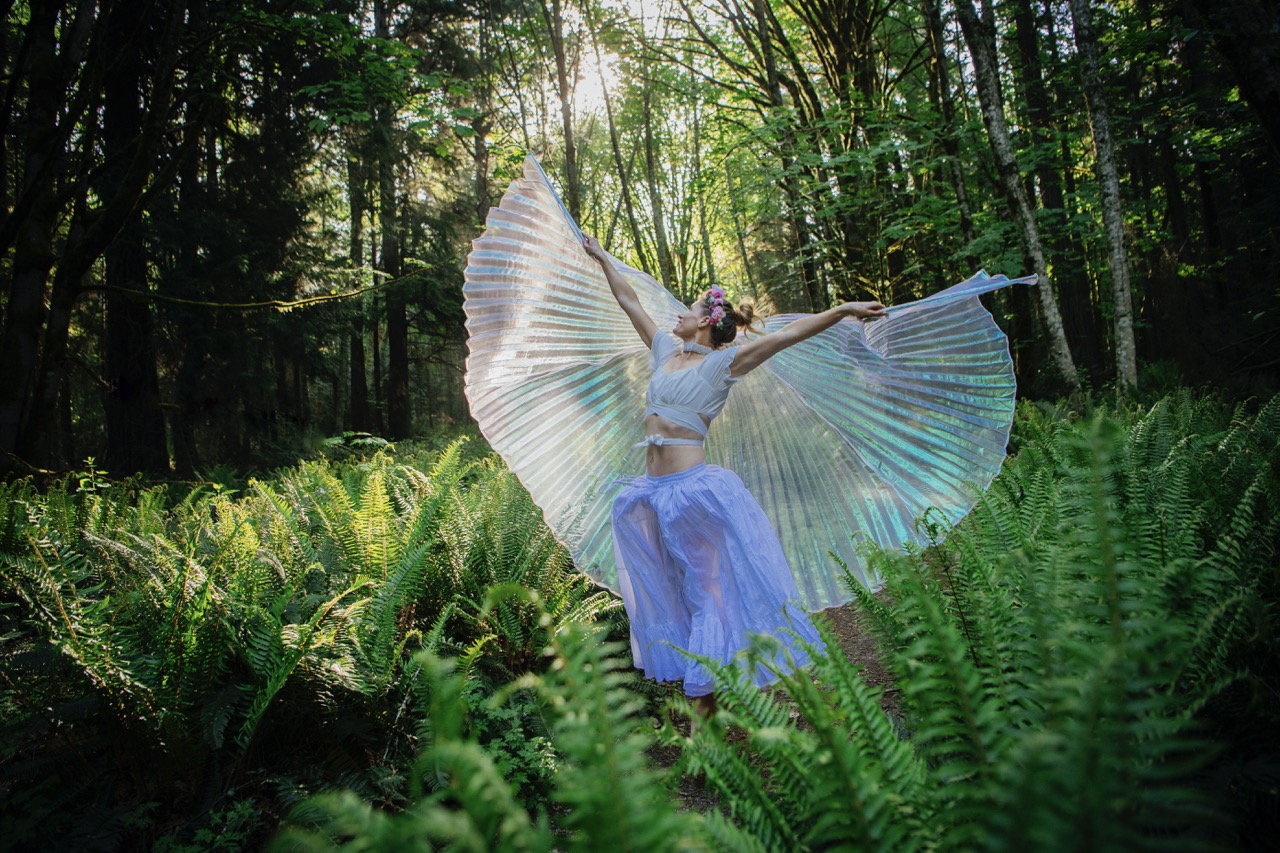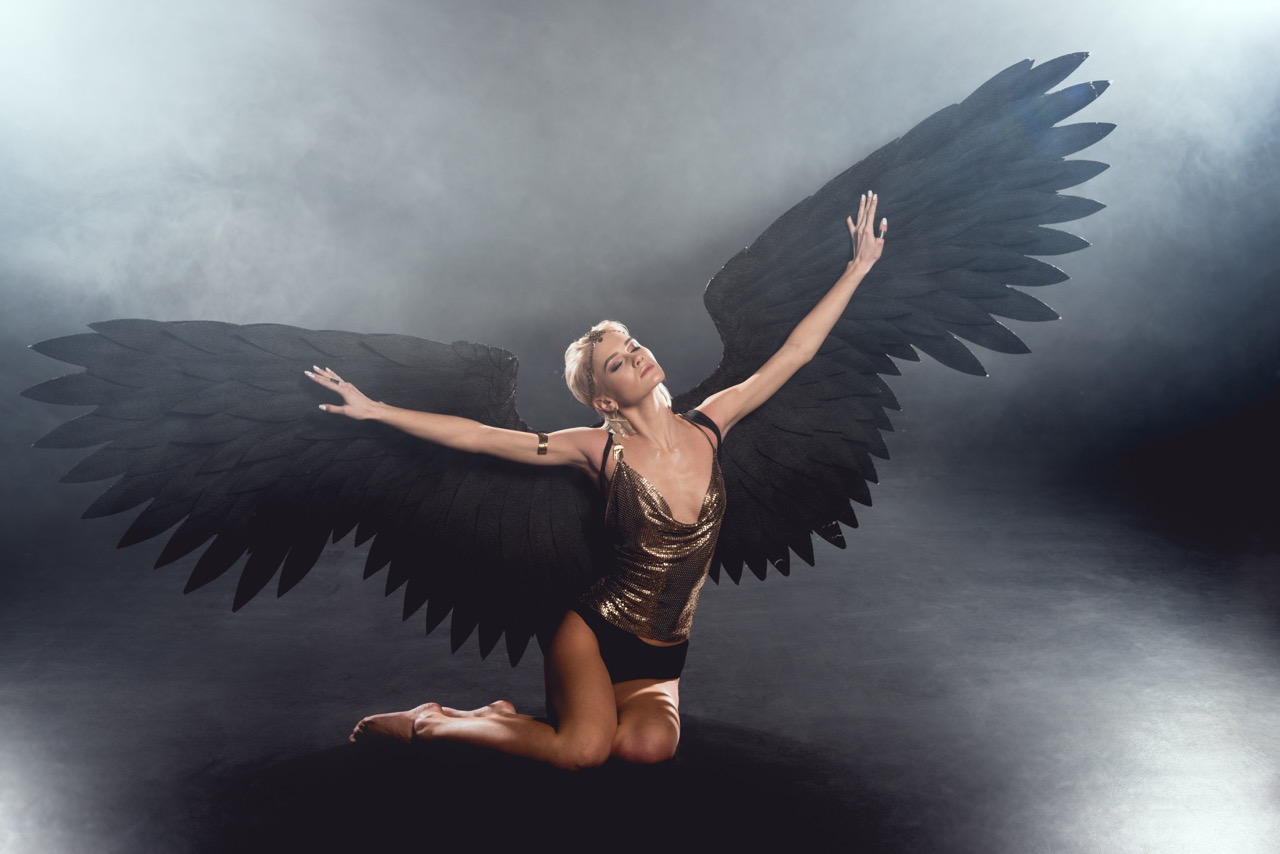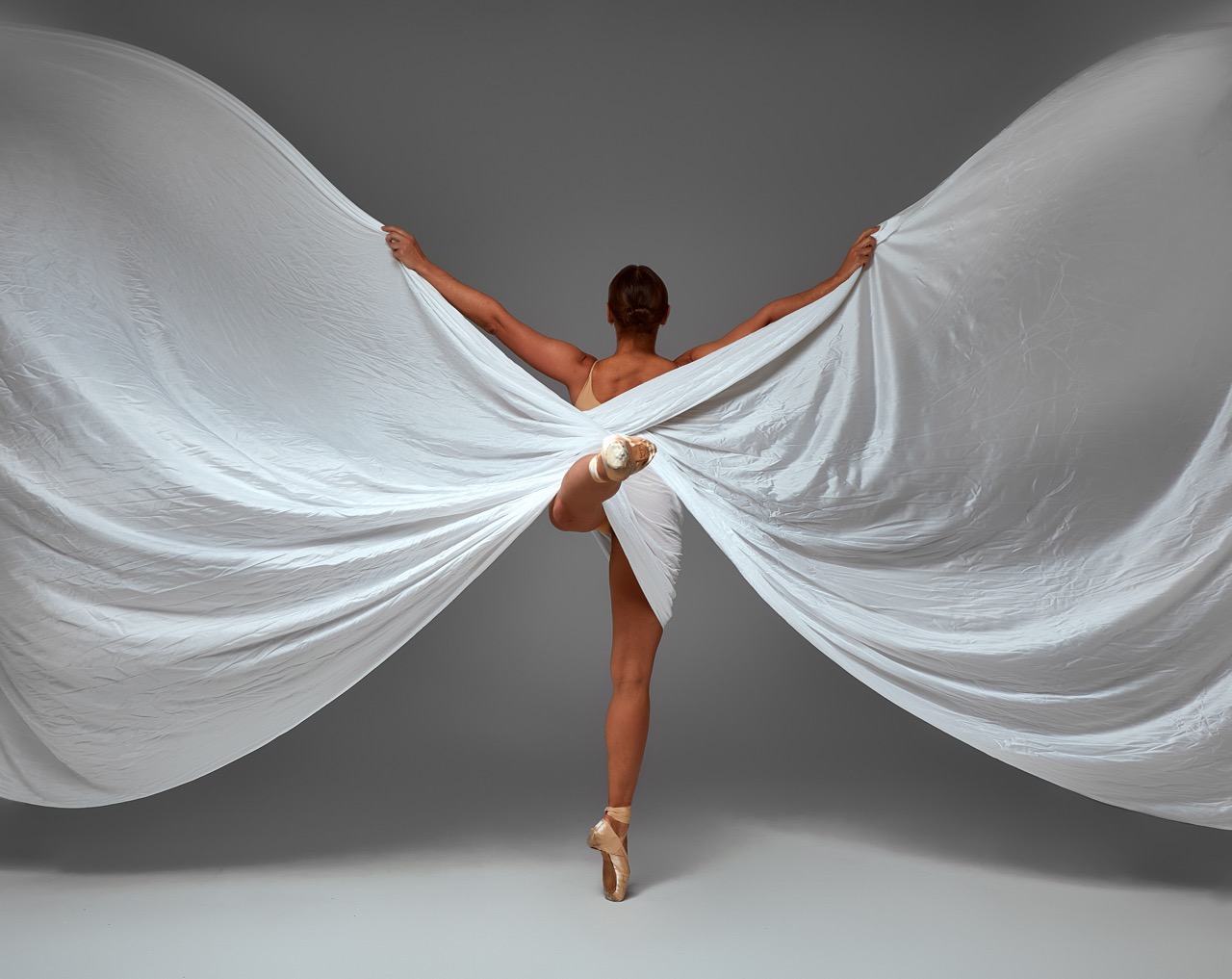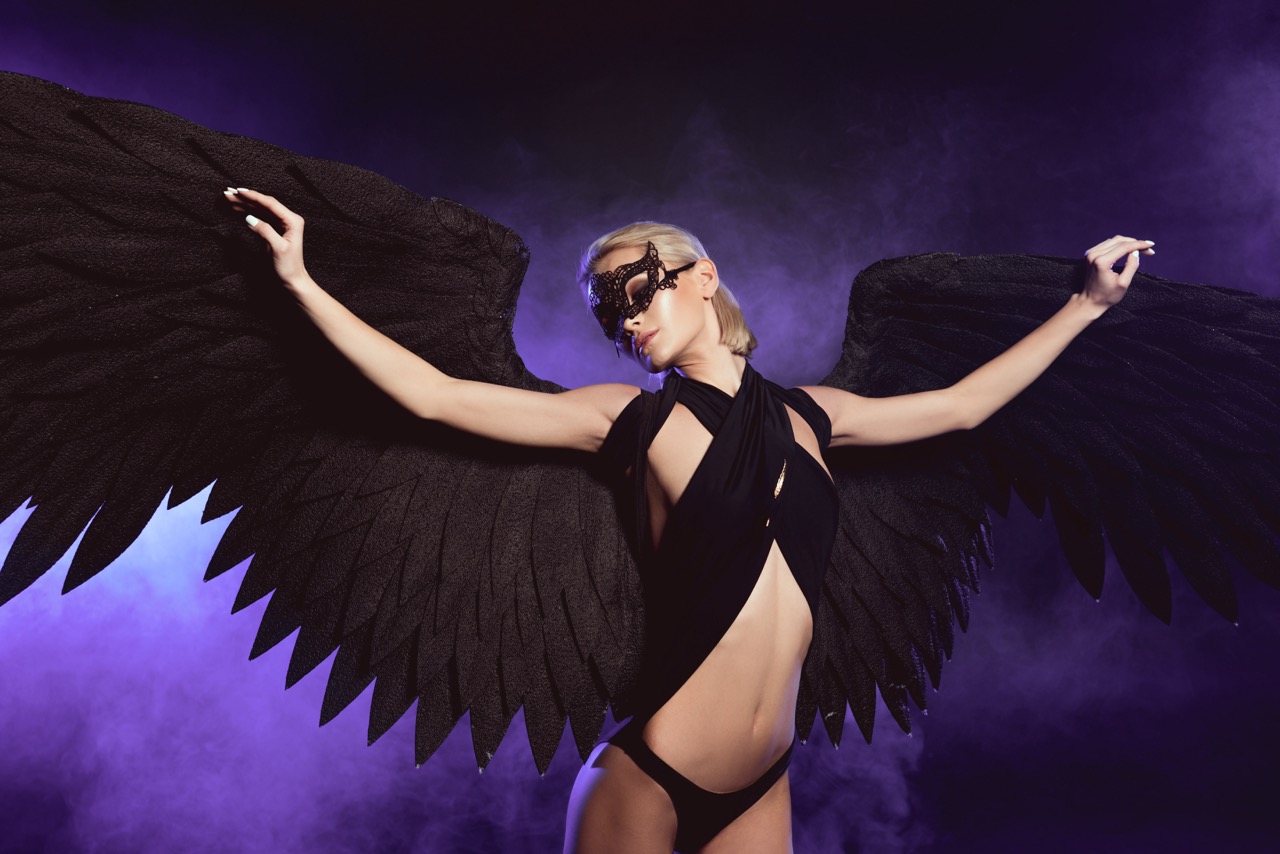Winged costumes have long captivated the imagination, serving as powerful symbols in various rituals and sacred dances around the world. These elaborate garments not only enhance the visual splendor of performances but also embody deep cultural meanings associated with transformation, spirituality, and the connection between the earthly and the divine. This article explores the multifaceted role of winged costumes in ritualistic and sacred dances, delving into their symbolism, craftsmanship, transformative potential in movement, and cultural significance across diverse global traditions.
The Symbolism Behind Winged Costumes in Rituals
Winged costumes often symbolize transcendence and a connection to the divine, embodying the idea of flight as a metaphor for spiritual elevation. In many cultures, wings represent the ability to rise above earthly concerns, engage with the divine, and seek enlightenment. For instance, in various Indigenous cultures, dancers adorned in winged attire may embody sacred birds, believed to carry messages from the spirit world to the people. This connection to nature and the cosmos infuses the dance with a sense of purpose and reverence, allowing participants to feel a deeper kinship with their environment.
In addition to their spiritual connotations, winged costumes also signify transformation and metamorphosis. Dancers may don these elaborate garments to portray significant cultural figures, mythological beings, or deities that embody change. For example, in Hindu rituals, performers may wear costumes that resemble the wings of Garuda, the divine eagle, representing strength and the ability to navigate between the material and spiritual realms. This transformation is not merely aesthetic; it instills a sense of identity and purpose, as performers embody the very forces they seek to invoke.
Moreover, winged costumes can serve as a visual narrative, weaving stories of creation, legend, and cultural heritage through movement. The vibrant colors and intricate designs tell tales of the past, linking generations through shared experiences and beliefs. In many African tribal dances, for instance, performers don wings made from feathers or fabric to enact mythical stories that honor ancestors, celebrate life, or invoke protection. Thus, the symbolism behind these costumes enriches the rituals, creating a tapestry of meaning that resonates deeply with both the dancers and their communities.
Crafting the Art: Materials for Sacred Winged Attire
The artistry involved in creating winged costumes is as rich and diverse as the cultures that utilize them. Crafting these sacred garments often begins with a deep understanding of the materials that reflect the cultural significance of the wings. Traditional techniques may involve organic materials such as feathers, animal hides, and plant fibers, which can be sourced sustainably to honor the environment. The choice of materials is intentional, reflecting the beliefs and stories of the culture while also creating a tactile connection to the earth.
In many cultures, the process of creating winged attire is a communal effort, passed down through generations. Artisans may handcraft each piece, infusing it with spiritual energy and intention. The meticulous craftsmanship not only showcases individual skill but also embodies collective cultural identity. For example, in certain Native American traditions, the creation of feathered regalia involves rituals that honor the animals that provided the feathers, emphasizing respect for nature and its gifts. This process transforms the act of creation into a sacred ritual, intertwining the material and spiritual worlds.
Furthermore, modern interpretations of winged costumes may incorporate innovative materials and techniques, blending traditional craftsmanship with contemporary aesthetics. Artists may explore the use of lightweight fabrics, metallic accents, and advanced design technologies to create stunning visual effects that enhance the dancer’s movement. Despite these advancements, the core ethos of reverence and connection to cultural heritage remains central to the crafting process. In this way, winged costumes not only serve as beautiful attire but also as vessels of storytelling, cultural memory, and spiritual connection.
The Transformative Power of Dance: Wings in Motion
When dancers don winged costumes, the transformation transcends mere appearance and manifests in the very essence of their movement. The visual spectacle of wings in motion captures the audience’s attention and evokes a sense of wonder. As dancers leap, twirl, and glide, the fabric and feathers create an illusion of flight, symbolizing liberation and the pursuit of the divine. This dynamic interplay between body and costume elevates the dance from a physical act to a spiritual experience, allowing participants to feel as though they are channeling ancient energies.
The transformative power of dance is further enhanced by the symbolism of wings as a bridge between the mundane and the sacred. With each movement, dancers embody the essence of the beings they represent, drawing on the strength and grace associated with avian figures. This act of embodiment allows performers to connect deeply with their audience, conveying emotions and stories that resonate on a universal level. In sacred dances, these expressions of feeling become a form of communication with the divine, inviting participants and observers alike to experience a moment of transcendence.
Moreover, the rhythmic quality of dance, combined with the visual allure of winged costumes, creates an immersive experience that can evoke various emotional responses. Whether it is the joy of celebration, the somberness of remembrance, or the exhilaration of spiritual awakening, the interplay of movement and attire amplifies these sentiments. As a result, winged costumes become more than mere props; they transform into integral components of the dance’s narrative, enhancing the emotional and spiritual journey for both performers and spectators.
Cultural Significance: Winged Costumes Across the Globe
Across diverse cultures, winged costumes play a pivotal role in expressing collective identity and spiritual beliefs. In ancient Egypt, winged garments were worn by priests and priestesses during sacred rituals, symbolizing their connection to the gods. The wings were believed to facilitate communication with deities, embodying the divine protection and guidance that the gods provided. This cultural significance illustrates how winged attire serves as a conduit for expressing reverence and devotion, allowing practitioners to connect with their spiritual lineage.
Similarly, in the indigenous cultures of the Pacific Islands, winged costumes often form an integral part of ceremonial dances, celebrating ancestral spirits and the natural world. The use of brightly colored fabrics and feathers not only enhances the visual splendor of the performance but also honors the rich biodiversity of the region. These costumes reflect a deep respect for the land, sea, and sky, reinforcing the interconnectedness of all living beings. Through dance, performers pay homage to their heritage while preserving the stories of their ancestors for future generations.
In more contemporary settings, winged costumes continue to inspire new artistic expressions, merging traditional elements with modern themes. Festivals and performances around the world embrace the concept of flight, using winged attire to explore themes of freedom, identity, and transformation. This evolution highlights the adaptability of winged costumes, showcasing their relevance in both ancient and contemporary practices. Ultimately, the cultural significance of winged costumes transcends time and geography, serving as a testament to humanity’s enduring quest for connection, expression, and transcendence.
The significance of winged costumes in ritualistic and sacred dances reflects the profound relationship between culture, spirituality, and artistry. Through their rich symbolism, intricate craftsmanship, transformative movement, and cultural relevance, these costumes illuminate the human desire to transcend the ordinary and connect with the divine. As we continue to explore and celebrate these traditions, we are reminded of the power of dance and the artistry involved in creating garments that can elevate the spirit and forge connections across time and space. In a world that often feels fragmented, winged costumes serve as a reminder that we are all part of a greater narrative, one that celebrates our shared humanity and the stories that bind us together.


